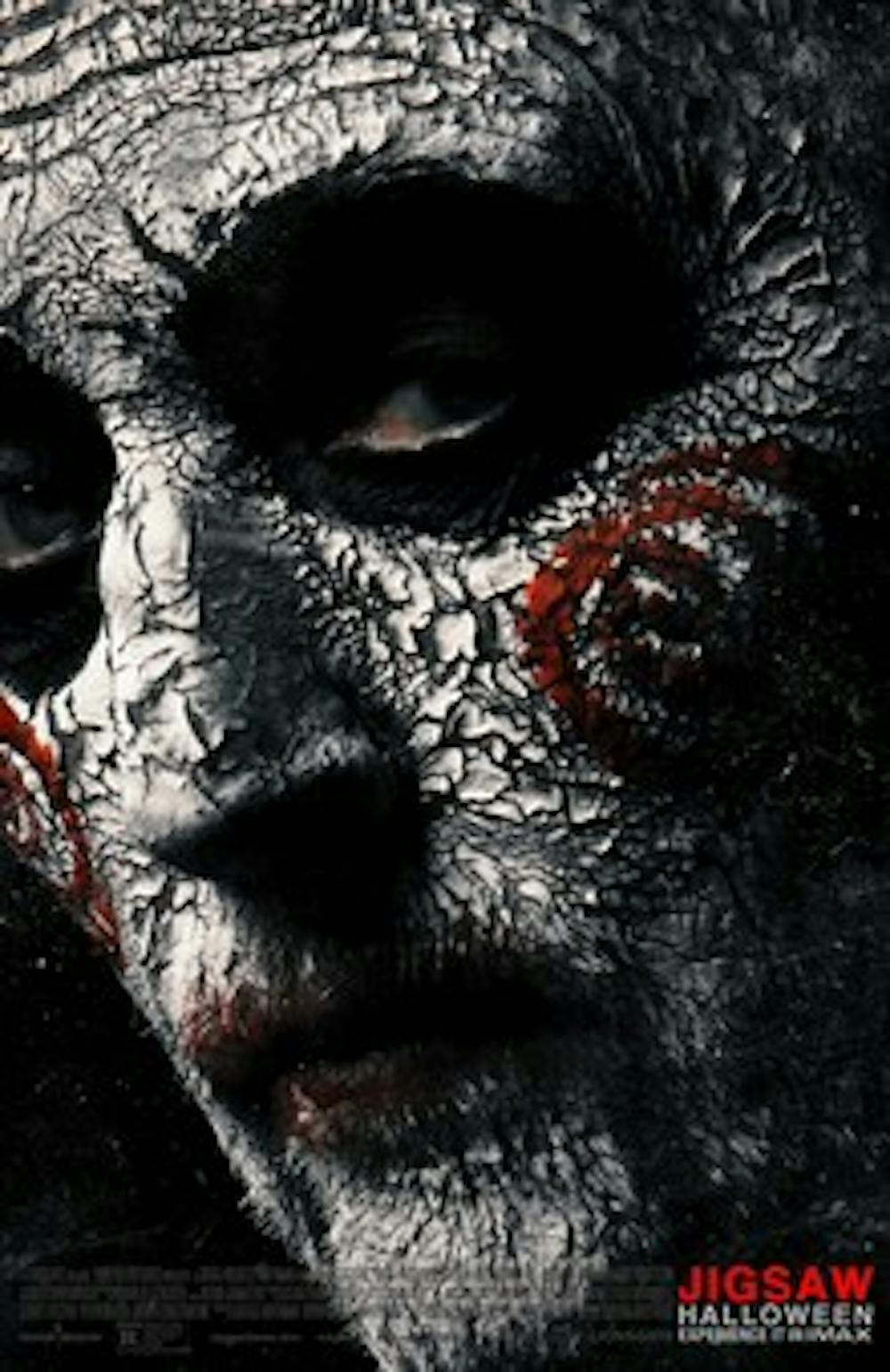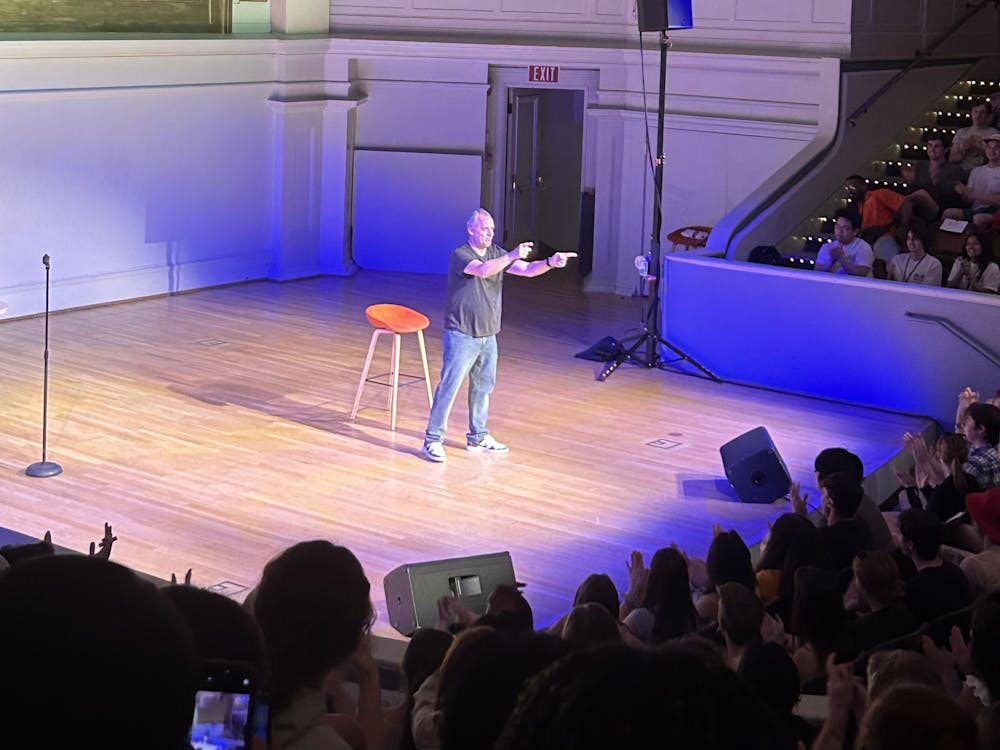“Jigsaw” is the eighth installment of the “Saw” franchise. The eighth. That is not to say that eight installments is a lot for a horror franchise — it’s not. “Friday the 13th” produced 12 movies and “Halloween” spawned 10.
Still, it is difficult to ignore the sheer volume of movies hatched from a single premise. By the fourth sequel or prequel or paraquel of a movie franchise, audiences can start to get dubious with a capital “D.” “Jigsaw” is no exception to this rule. Yet, with its usual surplus of sequels, the horror genre proves immune to the forces responsible for preventing inbred productions like “Jigsaw.” Directors Michael and Peter Spierig and writer Josh Stolberg demonstrate why audiences should lose faith in worn-out horror franchises — convoluted plot continuity, flat characters and insultingly nonsensical plot twists.
For audiences that have never seen a “Saw” movie before, it is unlikely “Jigsaw” will sway many of them to take interest in the original movie, which is a shame — Lionsgate decided “Saw” could be profitable for a reason. “Jigsaw” begins with the same familiar premise, where a few strangers wake up in a room and are told to do heinous activities — which are extremely gory and psychologically taxing — in order to survive. Then, the audience learns the strangers are in the cruel trap for a reason, usually for committing a crime and somehow avoiding punishment. Suddenly, there is an element of moral ambiguity.
In “Jigsaw,” this familiar premise is not adjusted at all. Five people wake up with metal buckets chained to their heads as they face an impending wall of buzzsaws, no less. A room with five distinct characters has the potential to provide for compelling character development, but instead the audience is forced to jump between the victims and the team investigating the killer. Limbs are sliced for the pure gratuity of it. Forensic scientists Logan Nelson (Matt Passmore) and Eleanor Bonneville (Hannah Emily Anderson) find evidence in the beginning of the movie that John Kramer (Tobin Bell), the Jigsaw killer, is somehow alive, despite the fact audiences saw him die in “Saw III.” There is little the audience knows about the forensic duo, in spite of the promise the two might be more than just ways to exhibit messy death scenes.
Nonetheless, the forensic team’s insane motivations for seeking out the reincarnated Jigsaw killer are revealed in one or two rushed voiceovers in the last third of the movie. Indeed, there are “unexpected” plot twists, but unexpected only in the sense they are a surprisingly bold form of nonsense. The plot twists annoyingly eclipse any meaningful discussion about morality that “Jigsaw” could have propagated — even if audiences have heard of Kramer’s demented philosophy before — where people with moral flaws are forced to come to terms with them or die. After so many installments of “Saw,” the raw spark of the premise is lost, leaving audiences with cringeworthy torture scenes and murky plot turns.
Still, “Jigsaw” — like most horror movies — is not a risky venture for producers. With a production budget of only $10 million, the film has already grossed over $32 million worldwide at the box office. Why do audiences continue to demand ninth and tenth installments of gore that either fell flat or that they have already seen? Halloween tradition, possibly, but more likely just an interest in gore.





